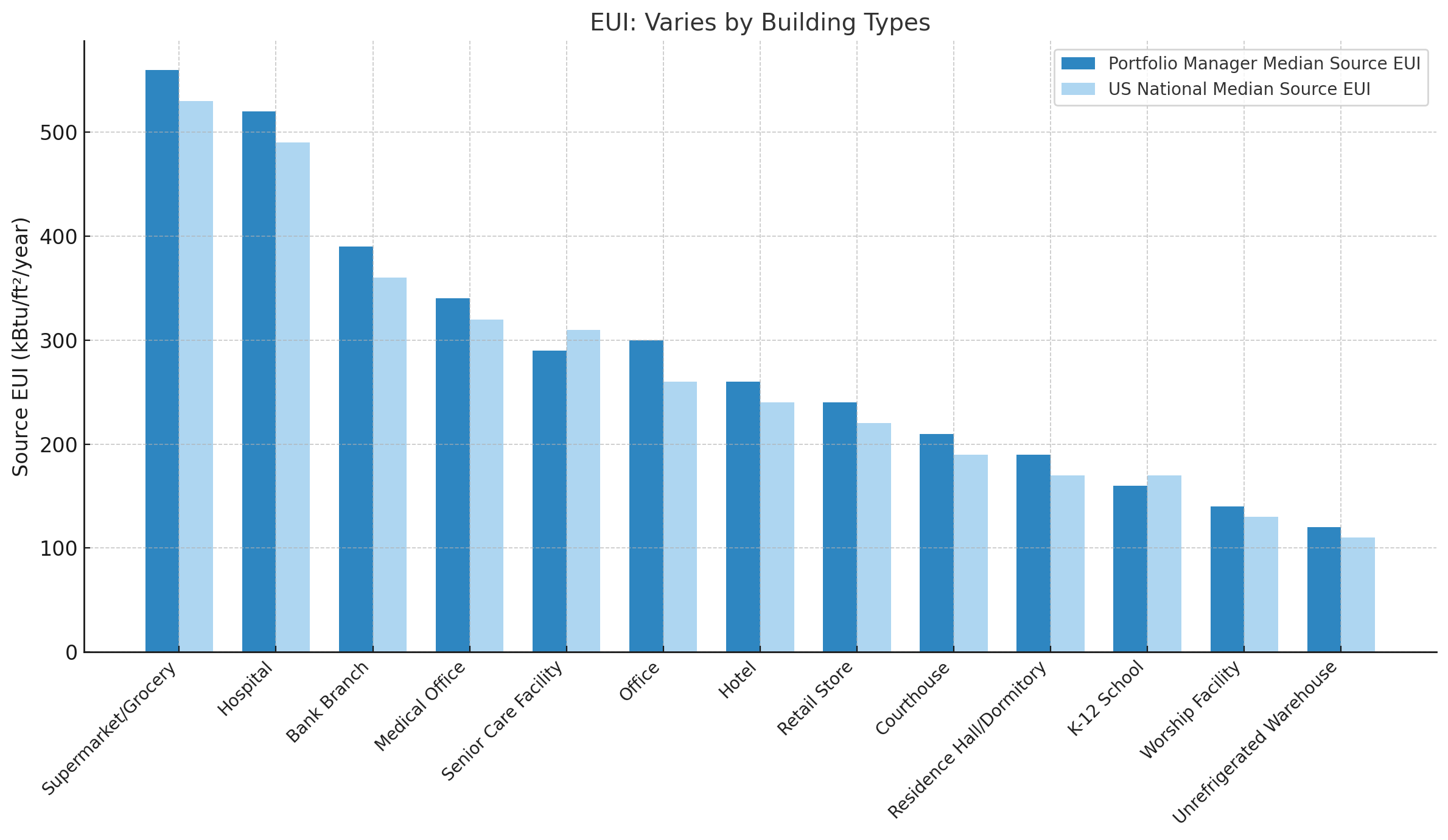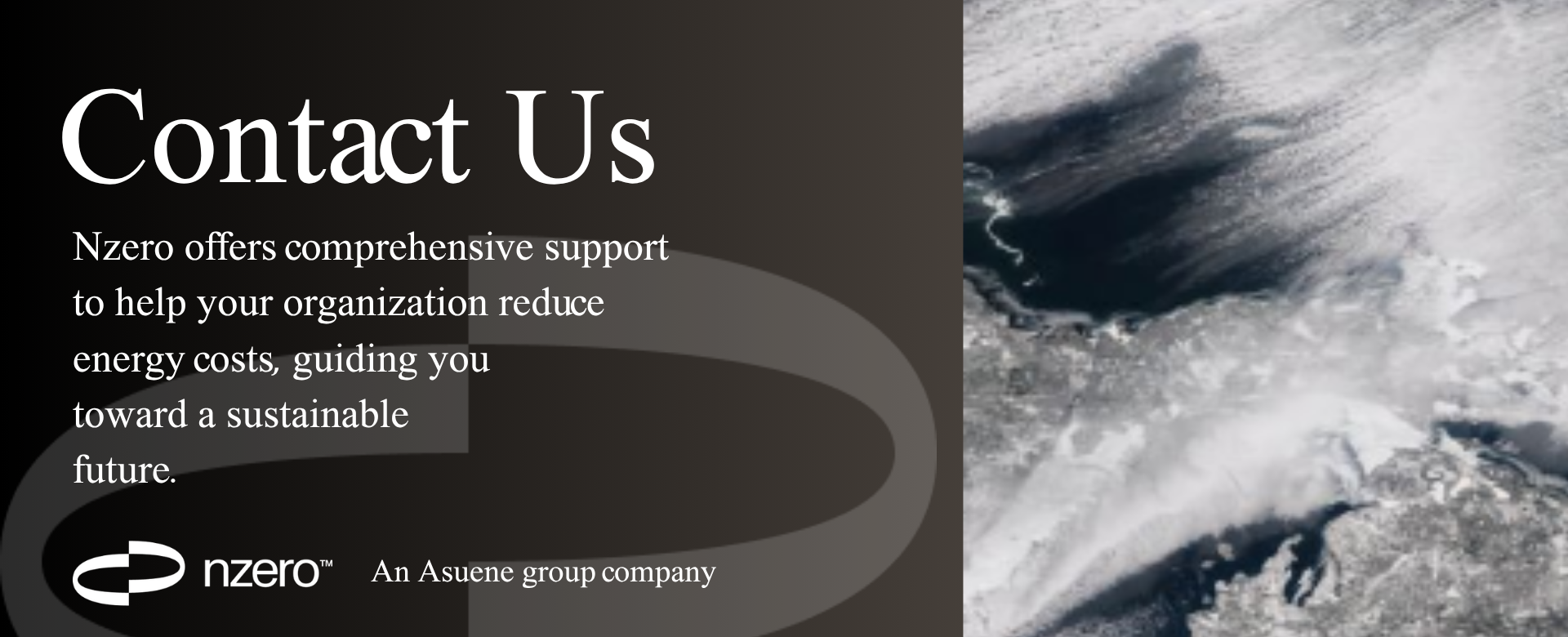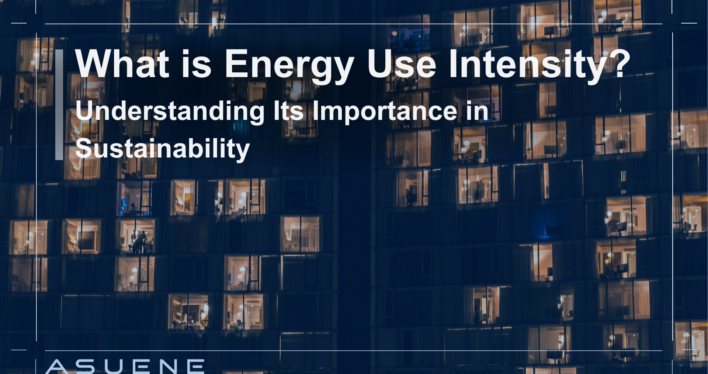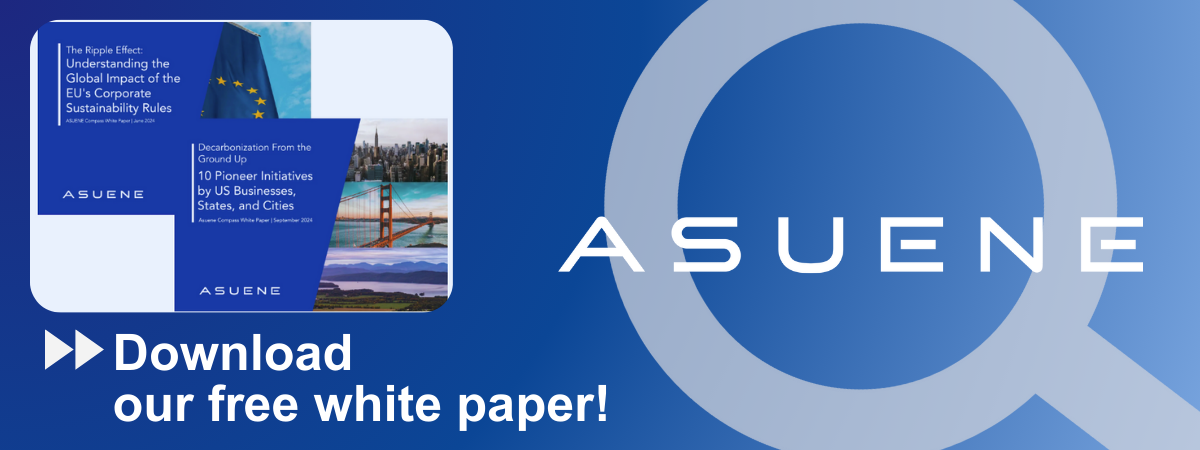- Article Summary
-
Overview
Energy Use Intensity (EUI) is a critical metric that measures the energy efficiency of buildings, defined by the energy consumed per unit area per year. As global sustainability efforts intensify, understanding and managing EUI becomes increasingly crucial. With robust environmental regulations emerging globally, particularly in the United States and Europe post-2025, businesses are compelled to monitor and reduce their EUI, directly influencing their environmental footprint, financial performance, and regulatory compliance.
Understanding Energy Use Intensity: Definition and Calculation
EUI quantifies the energy consumed in relation to building size, typically expressed as kilowatt-hours per square meter per year (kWh/m²/year) in Europe or thousands of British thermal units per square foot per year (kBtu/ft²/year) in the United States.
Calculation Example:

For example, a commercial building consuming 250,000 kWh annually with an area of 2,500 m² has an EUI of 100 kWh/m²/year.

Why EUI Matters: Environmental, Financial, and Regulatory Perspectives
Benchmark for Building Performance: EUI serves as a standardized way to compare the energy efficiency of buildings, regardless of their size or function. By analyzing EUI, building managers can identify whether a facility is performing efficiently or consuming more energy than necessary. This benchmark helps in comparing similar building types, highlighting best practices, and uncovering inefficiencies.
Reducing Environmental Impact: Buildings account for a significant portion of global energy consumption and greenhouse gas emissions. A lower EUI directly correlates with reduced energy use, minimizing carbon emissions. As global targets move toward net zero emissions, EUI has become essential for tracking progress and driving sustainability initiatives.
Reducing Operational Costs: Energy costs represent a substantial portion of a building’s operational expenses. Reducing EUI enables building owners to significantly lower energy bills while increasing long-term property value. Businesses can reinvest these savings into other sustainability or operational initiatives.
Enhancing Compliance with Regulatory Policies: Compliance with post-2025 regulatory frameworks, including stringent EUI benchmarking regulations such as the EU’s revised Energy Performance of Buildings Directive (EPBD), various U.S. local energy laws, and New York City’s Local Law 97, is essential. These regulations mandate regular monitoring, reporting, and continual improvement of EUI, with penalties for non-compliance. Tracking and proactively managing EUI ensures businesses meet these stringent requirements, achieve green certifications like LEED or BREEAM, and maintain robust environmental credentials.
Attracting Tenants and Investors: Sustainable buildings with lower EUIs appeal more to tenants and investors who prioritize energy efficiency and environmental responsibility. A lower EUI signals operational efficiency and a strong commitment to sustainability, boosting market competitiveness.

Reducing EUI: Strategies for Improvement
Industries across commercial real estate, hospitality, and manufacturing sectors employ diverse approaches to reduce EUI while maintaining operational functionality and comfort. Key strategies include:
- Energy-Efficient Equipment Upgrades: Investing in LED lighting, high-performance HVAC systems, and enhanced insulation significantly lowers energy demands.
- Renewable Energy Integration: Utilizing on-site renewable sources such as solar panels, geothermal systems, or wind turbines offsets traditional energy usage and reduces carbon footprints.
- Smart Technology Implementation: Deploying energy management systems, IoT sensors, and smart thermostats enables real-time optimization and enhanced energy efficiency.
- Occupant Engagement: Educating occupants on sustainable practices like turning off unnecessary equipment, using natural light, and efficient thermostat settings can substantially reduce energy consumption.
- Regular Energy Audits: Conducting frequent energy audits helps identify inefficiencies and monitor the effectiveness of implemented improvements.
- Building Retrofits: Older buildings often benefit significantly from retrofits like upgrading to energy-efficient windows, modern HVAC systems, and reflective roofing materials, leading to notable long-term energy savings.
Challenges and Solutions in Achieving Optimal EUI
Businesses commonly face several challenges in reducing EUI, including financial constraints, lack of awareness, outdated infrastructure, and insufficient data transparency.
Solutions include:
- Leveraging financial incentives and governmental subsidies
- Adoption of real-time energy monitoring tools
- Conducting comprehensive energy audits to identify areas of improvement
- Engaging stakeholders through targeted awareness and educational campaigns
Post-2025 regulatory incentives, such as enhanced subsidies and tax benefits in both Europe and the U.S., further support businesses in overcoming these barriers.
Conclusion
EUI stands at the intersection of sustainability, economic efficiency, and regulatory compliance. As regulations tighten and global climate ambitions rise, proactively managing and reducing EUI is essential. Organizations adopting strategic energy efficiency measures will not only comply with evolving standards but also enhance their environmental credentials and achieve substantial financial savings, positioning themselves as sustainability leaders in a rapidly changing global landscape.
Why Work with ASUENE Inc.?
Asuene is a key player in carbon accounting, offering a comprehensive platform that measures, reduces, and reports emissions, including Scope 1-3. Asuene serves over 10,000 clients worldwide, providing an all-in-one solution that integrates GHG accounting, ESG supply chain management, a Carbon Credit exchange platform, and third-party verification.
ASUENE supports companies in achieving net-zero goals through advanced technology, consulting services, and an extensive network.


